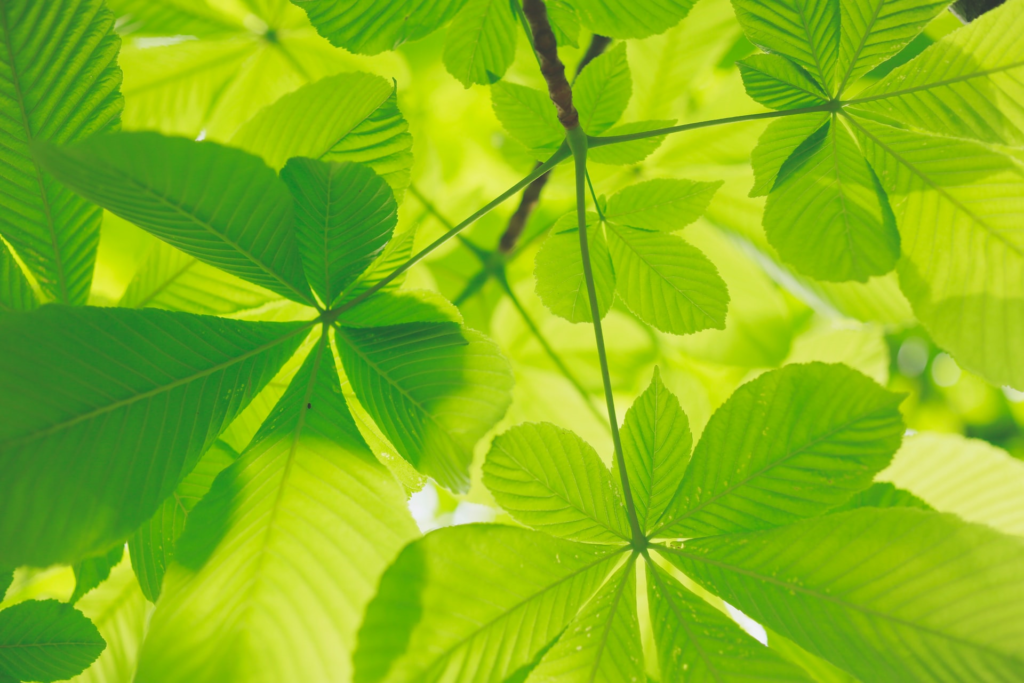What Is an Autotroph? Explanation & Examples
Written by: Jarod Saucedo
Edited by: Amanda Grove
Updated: 10/17/2014
An autotroph is a being that can produce its own food from a variety of sources.
Definition What are autotrophs? Autotrophs (also called producers) can form their own food either by using sunlight and photosynthesis (phototrophs) or by obtaining chemical energy through oxidation (chemotrophs). For the most part, autotrophs often make their own food by using sunlight, carbon dioxide, and water to form sugars which they can use for energy. Some examples of autotrophs include plants, algae, and even some bacteria.
Autotrophs are important because they are a food source for heterotrophs (consumers). Now, let’s look at 10 examples of autotrophs all around us.
Plant Autotrophs
Plants are all around us. From dandelions to oak trees, we cannot escape the presence of plants. This is a good thing, since not only do they turn carbon dioxide into oxygen, they are a good food source for most of the creatures on earth.
The Resurrection Fern
Also called Selaginella lepidophylla, this autotroph is interesting in that it appears to resurrect from the dead. It lives in very dry climates and when there is a lack of water, it shrivels up into a grey ball and can stay like this for a number of years. When it finally rains, the resurrection fern grows and turns green. Even though it doesn’t necessarily die, this plant is interesting in that it can “come back” from the dead.
The Corpse Lily
Also called Amorphophallus titanum, you will have to wear a mask if you hope to approach this autotroph. The corpse lily is famous for its large size as well as one of its finer qualities–its smell. The corpse lily literally smells like rotting flesh which attracts animals that help pollinate the plant. For example, flies often visit many flowers due to their smell. If a fly touches another plant and enters the corpse lily, it has a chance to pollinate it and allow more corpse lilies to grow.
Living Rocks
Also called Lithops, these autotrophs are interesting in that they look like rocks! Living rocks are usually located in desert areas and and are fairly common. Why do they look like rocks? These autotrophs probably try to mimic rocks in order to protect themselves against heterotrophs that would eat them for nutrients and water. If you can’t see something, you can’t eat it, right?
Venus Fly Traps
Also called Dionaea muscipula, these plants often trap insects by eating them! If a fly lands on a Venus Fly Trap, it would activate the “trap” by touching the plant’s “hairs” and would be crushed by the plant. After doing so, a Venus Fly Trap receives nutrients from the insect. These plants are still autotrophic because they mainly receive food from sunlight.
Ball Moss
Also called Tillandsia recurvata, this plant likes to hang out in the air. It usually grows off of other things for support. Ball Moss usually receives its nutrients from rain and other materials that wash over it.
Algae Autotrophs
Next we have the wonders of algae. Algae range in size dramatically; however, they are all over the world and typically belong in the oceans. Here are two “colorful” examples of algae.
Green Algae
What color is green algae? If you guessed green, you are correct. With over 7,000 species belonging to this group, it is amazing that so many species can belong to one group. What are some characteristics of green algae? For one thing, it is often located in aquatic areas at shallow depths. One particular example is sea lettuce which is also called Ulva and looks like lettuce in water.
Red Algae
Red algae is known for its red color and for its scientific name Rhodophyta. The reason it is red is because it has a pigment called phycoerythrin within it. Red algae can survive at greater depths of the ocean and it also contributes to building vast amounts of reefs in the Pacific Ocean. If you are Japanese, you probably rely on red algae due to its high vitamin and protein potentials.
Bacteria Autotrophs
Next we have the tiny organisms called bacteria. Like plants and algae, bacteria can also be autotrophic. Let’s examine three tiny bacteria autotrophs.
Cyanobacteria
Probably one of the most important types of bacteria, cyanobacteria are known to be aquatic and live in large colonies. Cyanobacteria contribute a lot to our planet. For example, Earth’s oxygen is mainly composed from vast amounts of cyanobacteria. Even more interesting is that cyanobacteria also contributes to the development of plants. The chloroplast in plants are actually individual cyanobacterium that are living in a plant’s cell. Without cyanobacteria it’s doubtful we would be able to survive!
Green and Purple Sulfur Bacteria
Next we have green and purple sulfur bacteria. Green sulfur is often a light greenish color, while purple sulfur is purple or reddish brown. The interesting thing about these two bacteria is that instead of using water to help make their own food, they instead use H2S. Taking this substitute, green and purple sulfur bacteria oxidize the H2S into sulfate so they can use it to make food. These two bacteria are best friends when it comes to living with each other, as they usually coexist in aquatic environments.
From odd plants, colorful algae, and mysterious bacteria, it is amazing how living things can thrive in our world.




